20th January 2023
How to reduce and recycle food waste on your farm
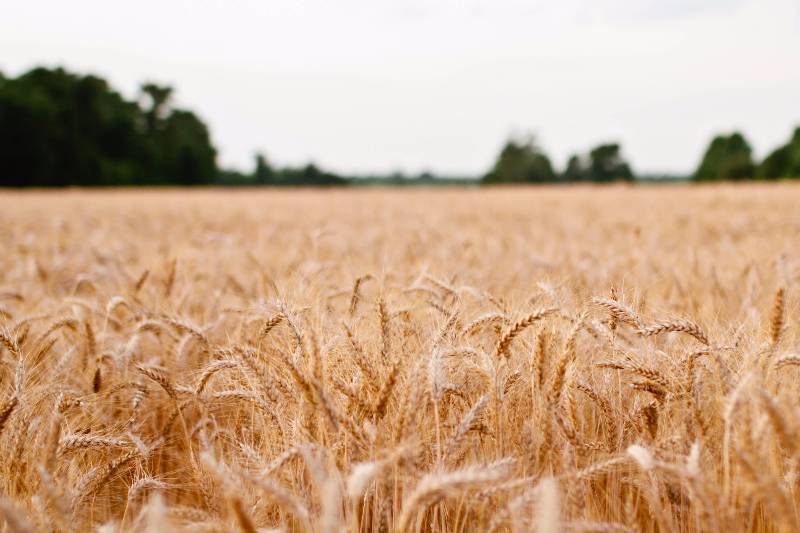

Food waste is a hot topic within the world of agriculture and beyond, as an increased awareness of the effect of climate change has madehttps://data.gov.uk/dataset/agricultural_market_reports
consumers more conscious of the environmental consequences of the way we produce and consume food than ever.
According to Waste and Resources Action Programme (WRAP), around 10 million tonnes of food went uneaten between 2013 and 2016 — 60% of which could have been avoided. This not only has a negative effect on the environment, but if you’re the farmer growing this food, then the produce that goes to waste before if even reaches market is bad for your bottom line as well.
As farmers have seen almost no increase in the money their crops can fetch on the market in the last decade, doing everything you can to ensure as little of the food you grow as possible is wasted is essential if you want to maintain a healthy level of profit. In the current economy, reducing your levels of food waste and getting more of your produce to market is one of the best ways to improve your profit margins.
If you’re a farmer, it’s therefore crucial that you reduce the amount of surplus food on your farm to the absolute minimum. To help you achieve this, here’s our guide to reducing food waste on your farm. This will cover:
So read on to find out exactly how to reduce and recycle the amount of food waste on your farm.
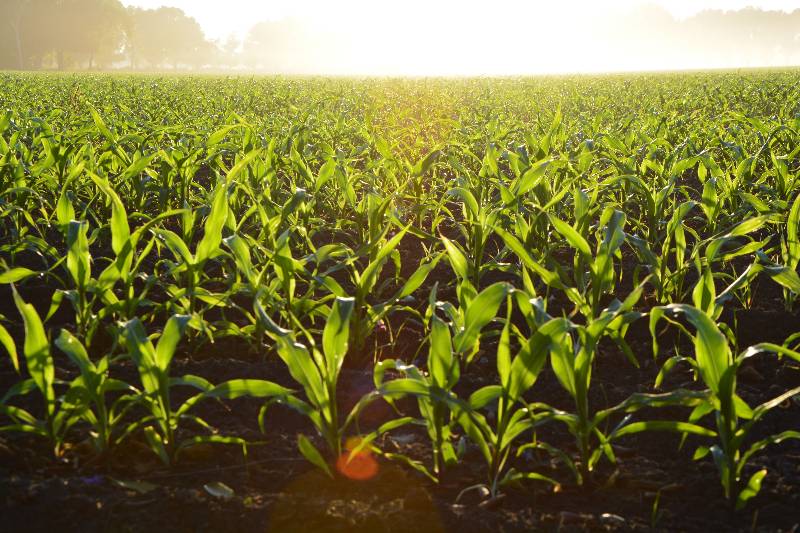
For farmers, food loss falls into two main categories: food that is grown and never harvested, and food that is lost between harvest and sale. To get your levels of food waste to an absolute minimum, you should tackle both of these common sources of food waste simultaneously.
Given the nature of growing crops, it is impossible for farmers to produce the ideal amount of food each season. Weather conditions can lead to a poor harvest, while fluctuations in the market can leave you with significantly more or less produce than there is a demand for by the time harvest rolls around.
In extreme cases, farmers may even choose to leave their crops in the ground rather than pull them up, as the cost of harvesting them wouldn’t be recuperated on the market.
The first thing you can do to reduce the amount of waste on your farm is therefore to evaluate the market opportunities for the crops it is possible to grow in your climate and conditions. Supplying a demand with your produce will ensure that it won’t go unsought and therefore end up as waste. Use resources such as the Farmers Weekly market price tracker and the government’s data on fruit and vegetable wholesale prices to estimate which produce it will be most worth your time growing.
While this requires a deep knowledge of the market (which can often only come with experience), great forward planning skills, and appropriate weather conditions, getting this right will be the biggest step you can take towards reducing your levels of food waste and maximising your profits.
Ideally, you will have a buyer lined up before you plant a single crop, although this isn’t always possible for less established farms. A large part of your plan should be deciding how much you’re willing to sell your crops for and trying to secure a deal which suits both you and the buyer as early in the season as possible. Failing to find a buyer for your produce in time is the worst possible outcome, and while you can try and drive a higher price by holding off for better offers right at the end of the season, this is a big gamble.
Once you’ve studied the market and decided on the best crop to grow in your situation, you should use a computer or a notebook to thoroughly plan your growing strategy. Each day from now until harvest must be planned for the best possible results, and you and all of your employees need to know where, when, and how each crop is going to planted, nurtured, and harvested.
At all points during the season, you should have harvest in mind. For example, there’s no point in investing in the best quality fertiliser to get a higher yield if you won’t have the equipment or manpower to effectively process the extra food at harvest time. When choosing how many crops to plant and nurture, you will therefore have to consider how many resources you’ll be able to dedicate to pulling them up at harvest time.
The one thing you can’t plan for is the weather, and you should make sure that your plan is agile enough to adjust to the effects of a particularly good or poor season. As a farmer, the plans for your crops can never be absolutely concrete, as there are so many variables that are out of your control.
To get the best possible yield from your crops, you need to pay close attention to the effect the weather is having on them — if they are developing slower or faster than you had initially planned, then you can adjust your schedule accordingly rather than sticking dogmatically to your initial estimates.
Once you have your plan, you need to put the infrastructure in place to make sure each member of your staff knows exactly what they should be doing every day of the season. Setting up clear lines of communication and making sure that properly trained people are given clear tasks to complete at a certain time is the best way to ensure that your plan comes to fruition. This will lead to as little food being lost as waste during the production process as possible.
You should also make sure that your transportation is arranged well in advance of harvest. If your transport links are inefficient or non-existent when your crops need to be taken to market, then food which you would have otherwise made a profit on may unnecessarily go to waste. Your harvest-time logistic are therefore one of the most important components of your plan, so make sure to have them arranged well in advance.
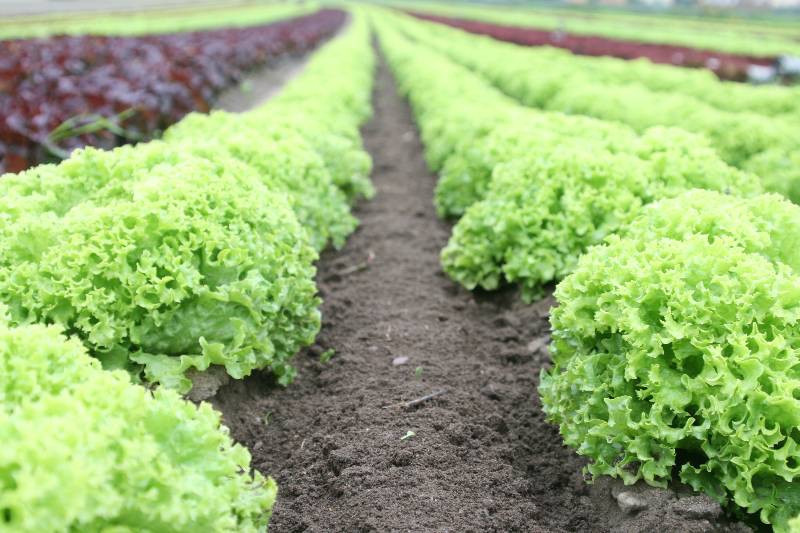
Your main focus during harvest should be getting your produce out of the ground and into storage as efficiently as possible. When you’re considering how to improve your harvesting processes, make sure to keep in mind that, due to the rapid advances in today’s agricultural technology, investing in the latest equipment can be a much more effective use of your capital than spending the same amount of money on extra manpower.
More than any other time of the season, it’s crucial that your lines of communication within your team are running as effectively as possible during harvest. This is especially the case on large farms, where thousands of hectares of produce need to be pulled up, processed, and placed into storage with as little delay as possible. Either yourself or a trusted member of staff should concentrate solely on the logistics of your harvest during this time, as the amount of food waste that can accumulate during this period can be catastrophic for the ongoing success of your farm if the process is not performed successfully.
Nowadays, the most efficient way of scheduling your harvest is by creating a spreadsheet. If you save this onto the cloud, every member of your staff will be able to access it, which will allow them to know what their responsibilities are each day. They will also be able to see their colleagues’ responsibilities are as well, so they will know who to go to without having to ask their line manager if they have a query about a particular part of the process.
The person in charge of logistics should check in with every employee each day to make sure they’re on track, and they should delegate more resources to making sure their task gets done on time if they have fallen behind. Everything should be tracked on the shared spreadsheet so it can be referred to at any time, and as a business, you should look for any opportunity to streamline your production processes throughout the harvest.
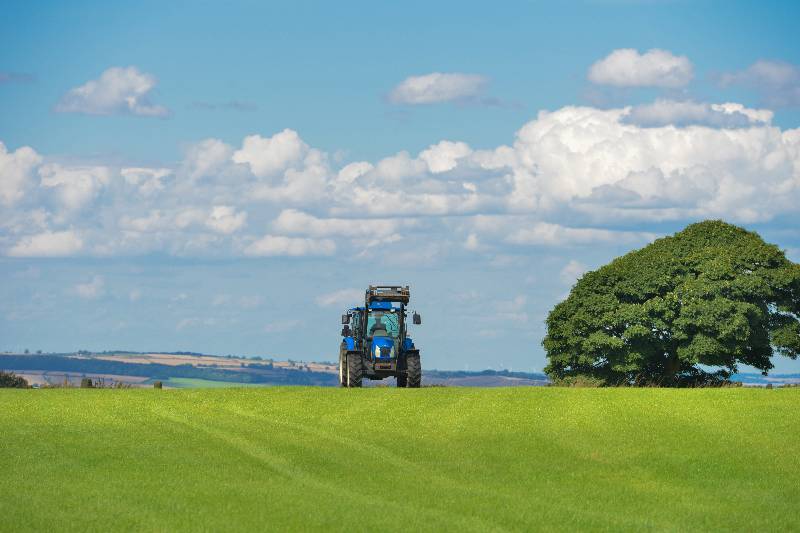
Nowadays, most farms use cutting-edge machines to harvest their crops. These vehicles effortlessly pull up row upon row of veg at a rate of hundreds a minute — a significant increase in efficiency than the equipment of years gone by. However, these machines aren’t faultless, as they are often unable to harvest crops with broken tops.
Smaller farms may find it economically viable to have a member of staff following behind their machinery picking up any crops it leaves behind. However, this is unlikely to be worth the effort for larger operations who have thousands of hectares of fields to harvest. To avoid the complete loss of these crops, farmers with this much land can call on the Gleaning Network. This charity will arrive at your farm and harvest the crops that your machines missed and then donate them to local foodbanks and charities.
If your plans go awry and abject weather or market conditions mean that it would be financially irresponsible for you to harvest some of your crops, then you can also call on the Gleaning Network to harvest these fields for you. This will reduce your farm’s levels of food waste and ensure the produce you cultivated doesn’t completely go to waste.
If your season culminates in an efficient harvest, you’ll go a long way to reducing the amount of food which is never harvested on your farm. This is the first step to reducing your levels of food waste to an absolute minimum.
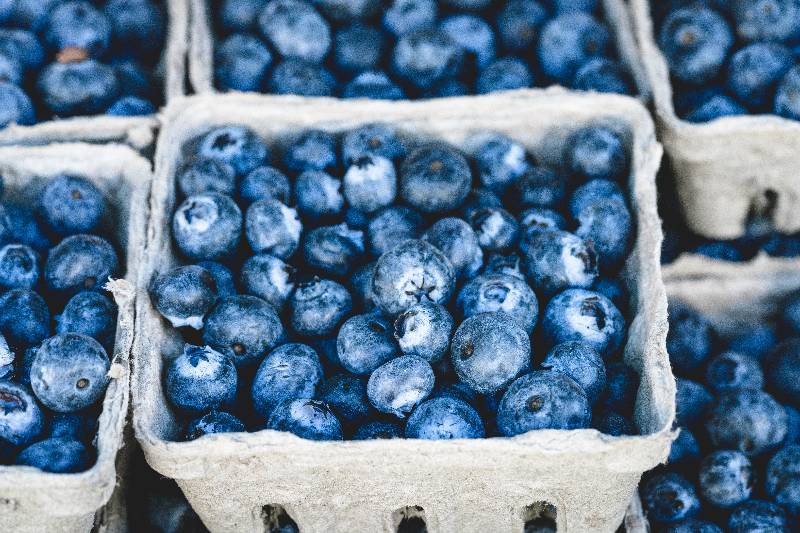
The other main source of food waste on farms is produce being lost between harvest and distribution. Much like the measures which reduce the levels of food waste during harvest, many of the most effective solutions to this problem are not expensive. For example, according to the government’s official food waste minimisation manual, 40% of grains are over- or under-dried during storage, resulting in their waste; investing approximately £1,000 on improved air-humidity control equipment can lead to an estimated increase in profit of £3,000 a year through reductions of food waste.
If, like many farmers, you lose a substantial amount of your harvested crops in storage, you should consider how you can improve your storage processes and equipment to reduce your levels of food waste.
No matter if you’re storing fruits, vegetables, or cereals, your storage facilities should be thoroughly cleaned and disinfected prior to being filled. This will drastically reduce the chance of contamination and help stop the spread of any existing disease throughout your crops.
Your storage units must have adequate ventilation to ensure your crops do not spoil, and you also should be able to control their temperature, humidity, and air circulation levels. As noted above, making the one-off investment in this equipment can lead to thousands in extra profits each year.
Make sure that only produce that requires the same temperature and humidity levels are stored alongside each other — take a look at the FAO’s database of recommended storage temperatures for an easy-to-use reference guide. Constructing your storage facilities in shaded areas and painting them white to reflect the sun’s rays will help them stay cool and save you money on refrigeration.
You should also make sure to keep crops that produce high levels of ethylene, such as apples, separate from those which are sensitive to the chemical, such as lettuce, cucumbers, carrots, potatoes, and sweet potatoes — storing them together is likely to result in the sensitive crops spoiling.
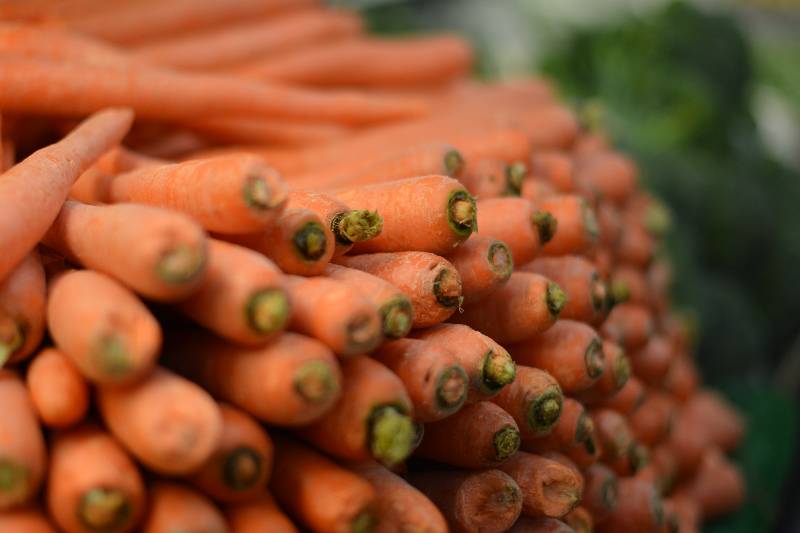
You can also drastically increase the lifespan of your crops in storage by cleaning, grading and selecting, and removing the field heat from them before placing them in storage.
Cleaning your produce before placing it into storage will go a long way towards preventing the spread of disease among your crops, particularly if they are going to be stored in bulk. It will also remove any stones or clods of soil that will compact your produce, restrict its ventilation, and potentially carry spoilage pathogens.
Utilising purpose-made vegetable brushes will allow you to clean your produce in the most efficient way possible in preparation for storage. Using these brushes in a conveyor belt system allows you to place hundreds of crops in one end of the machine and then sort through them at the other end of minutes later. Take a look at our full range of vegetable brushes for models which are delicate enough to polish soft fruit to those which are hard enough to peel potatoes.
After your produce has been cleaned, you’ll be able to more easily identify those which are damaged, infected, and over-mature. These should be discarded rather than placed into storage with the good produce, as they can spoil an entire container’s worth of stock if left unchecked through the spread of pathogens or disease.
The final stage in preparing your produce for storage should be removing all of the field heat from the crops. If produce is warm when it is placed into storage, it will be a constant battle to keep its temperature down to the required level, as it will only increase once they are confined in storage. This can also lead to the accumulation of high levels of carbon dioxide, which can spoil the crops.
You should therefore cool your produce off by temporarily placing it in refrigeration, or alternatively stacking it in ventilated pallets in the shade. These crops can be placed in storage when they have reached the optimum temperature at which they need to be stored.
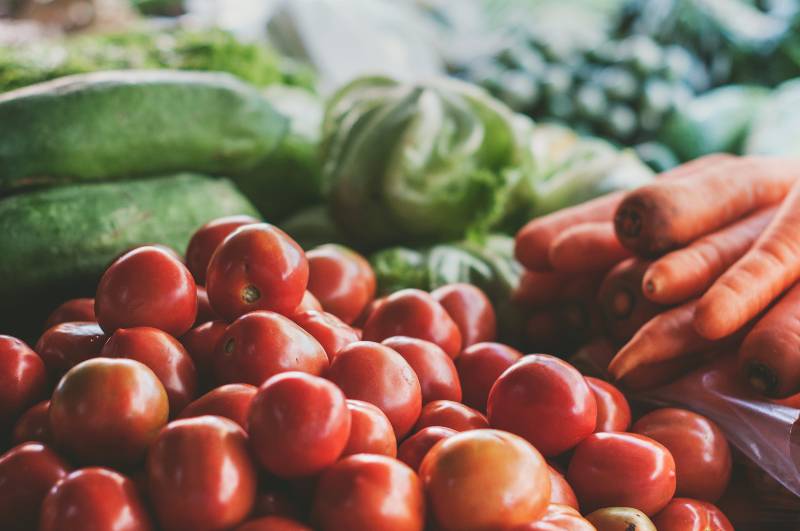
Ideally, you will already have a buyer in place before your harvest so your produce remains in storage for as little time as possible. Even when you follow best storage practice, as detailed above, and invest in the highest quality storage equipment, each crop can only last so long before it spoils. It is therefore crucial that you find a buyer as soon as possible — the faster you sell your produce, the better.
While some crops need to remain in storage because there is no immediate buyer for them, another issue can be that your transportation facilities aren’t running efficiently enough to transport all of your crops at the appropriate time. This goes back to your initial planning and in-harvest logistics — it’s crucial you get these right so you’re not left without the facilities to get your produce to the buyer.
Securing a buyer in time is the final part of reducing food waste during storage. If your produce is getting to the end of its storage period, then you’ll be forced to take the best offer you can get in order to make any profit. While using these storage methods will increase your storage time and reduce your levels of food waste, you still need to find a buyer within the storage lifespan of the crop.
While the vast majority of farmers can take steps to reduce their levels of food waste, it is impossible to completely eradicate it. However, produce which is not fit for sale doesn’t need to be completely wasted, as there are few things you can do to still get use out of food that has gone over.
Due to the strict requirements in supermarkets in terms of size, shape, and colour, irregular but perfectly edible produce is often classed as waste because it doesn’t pass the quality control of the major supermarkets. However, the growing popularity of farmer’s markets has opened up a profitable avenue for these outcast vegetables, so you should attempt to strike a deal with one of these rather than simply letting them go to waste. You can find local farmers markets through FARMA.
Some of these vegetables can also be sold to companies who use them in processed food, which don’t have as strict requirements when it comes to the cosmetic appearance of the produce, so it can also be a good idea to try and strike a deal with one of these manufacturers.
If you rear your own livestock, you can reuse castoff produce in their feed. If not, you can make a small profit — or at least hope to break even — by selling them on to a farmer who does own livestock.
If you also farm livestock on your premises, then you can reuse any grains that are unsuitable to be sold in your animal feed, which will cut down on your expenses. If you don’t farm your own animals, you can sell any grain that isn’t fit for market on to a livestock farmer for a small profit, which is better than it completely going to waste.
You can also reuse food waste by converting it to compost or mulch which can then be used to improve the quality of your farm’s soil. However, you should be aware of the government regulations for disposing of farm waste before you do so.
It should be noted that according to the government’s guidelines on the disposal of plant material, you may need an environmental permit before you can compost food waste, spread it directly on the ground for agricultural or ecological benefits, or even leave it in the ground to rot. As a farmer, you may be eligible to register for an exemption from environmental permitting, which you should do through the Environmental Agency. For all of the information needed to apply for an exemption from environmental permits, take a look at the government website.
Keep in mind that the law requires that you must dispose of any food waste that is caused by insect infestation or disease in a properly installed incinerator. Attempting to compost, mulch, or spread this waste is likely to infect the new crops that grow there, and burning this waste on an open fire can do the same, so it’s crucial that you follow the government guidance here. The small up-front cost of burning this waste is well worth preventing the infection of your future crops.
Of course, the buck of world’s food waste problem doesn’t stop with farmers — consumers and the hospitality trade are both huge sources of food waste as well. However, as the world’s population is expected to see an increase of over 2 billion people by 2050, according to the UN, it’s imperative that all parts of the food supply chain is optimised to make sure we’re using the food we produce in the most effective way possible. This will involve each link in the food supply chain working at maximum capacity and communicating with one another in the most effective way possible, and this must start at the beginning of the chain — the producers of the food.
Optimise your farm to produce the minimum possible amount of food waste and you’ll not only do your bit for the planet, but also grow your bottom line in an increasingly difficult economy.